LC Fiber Patch Cables Solution
Fiber optic patch cables, also called fiber optic patch cords or fiber jumpers, are composed of fiber optic cables terminated with fiber optic connectors on both ends. They are designed to interconnect or cross connect fiber networks within structured cabling systems. Various types of fiber jumpers can be found on the market, such as LC patch cables, SC patch cables, etc. This article will mainly introduce the most commonly used fiber patch cables—LC fiber patch cables.
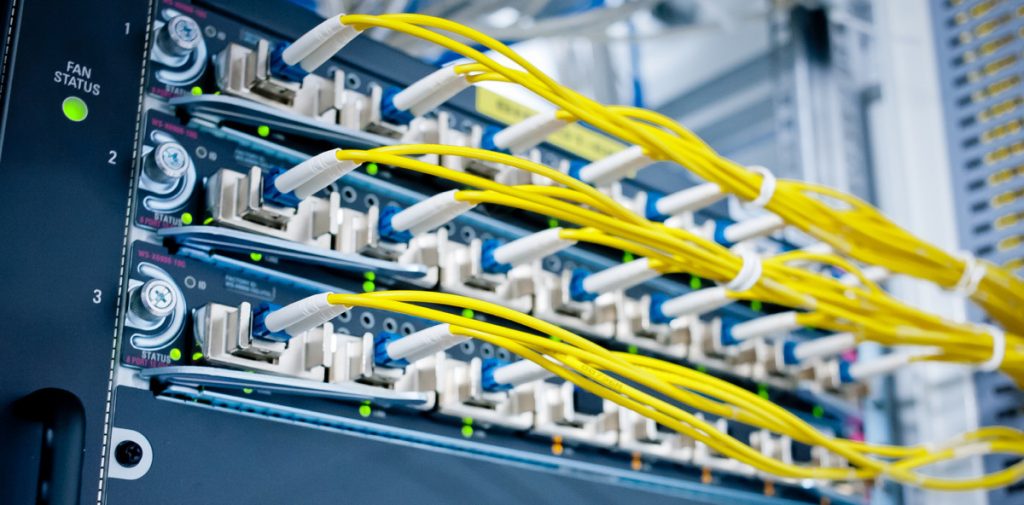
Standard LC Fiber Patch Cables
LC fiber patch cables are terminated with LC connector(s) on one or both end(s), which feature the RJ-45 latch style with low insertion loss and low back reflection. The LC fiber patch cables can be classified into single-mode (yellow) or multimode (orange or aqua), simplex or duplex by the fiber types, and according to the fiber connectors on both ends, they can be divided into LC-LC, LC-SC, LC-ST, etc. Moreover, the polishing types of the connector are available in UPC (blue) and APC (green).
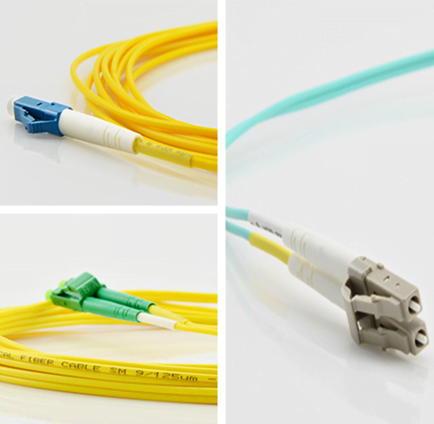
LC Uniboot Fiber Patch Cables
LC uniboot fiber patch cables offer a more compact design when compared to standard LC duplex zipcord assemblies. The uniboot patch cords contain two LC connectors encased in a common housing with one boot, terminated on a single, round, two-fiber cable. So they allow duplex transmission within a single cable and maximum connectivity performance can be delivered in a minimal footprint. LC uniboot fiber patch cables condense the cable management to half the space used by regular zipcord patch cables. They can offer the best solution for high-density applications. FOCC provides a series of LC uniboot fiber patch cables which can significantly reduce cable management spaces and improve fiber cable management effectiveness and flexibility at the same time.
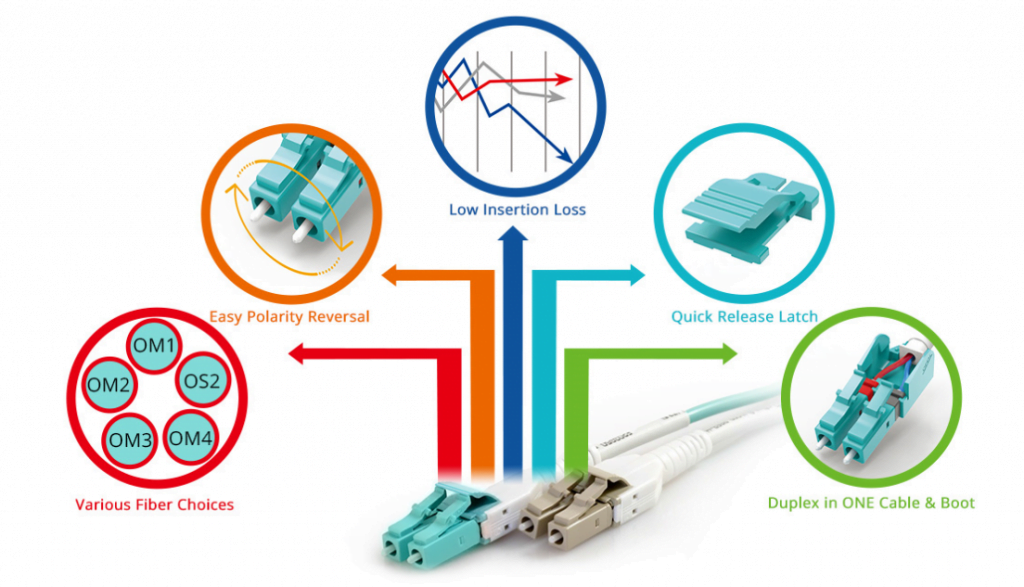
LC Push-Pull TAB Fiber Patch Cables
LC push-pull tab fiber patch cable has the same components and internal structure as the standard LC fiber patch cords, except a tab attached to the connector used for pushing or pulling the whole connector. The push-pull tab looks simple but it is linked to the latch of the LC connector. When the tab is pulled, the latch will be unlocked easily and the LC connector can be pulled out from the patch panel without difficulty. It has been proved that LC push-pull tab fiber patch cords can increase cable density more than 50%.
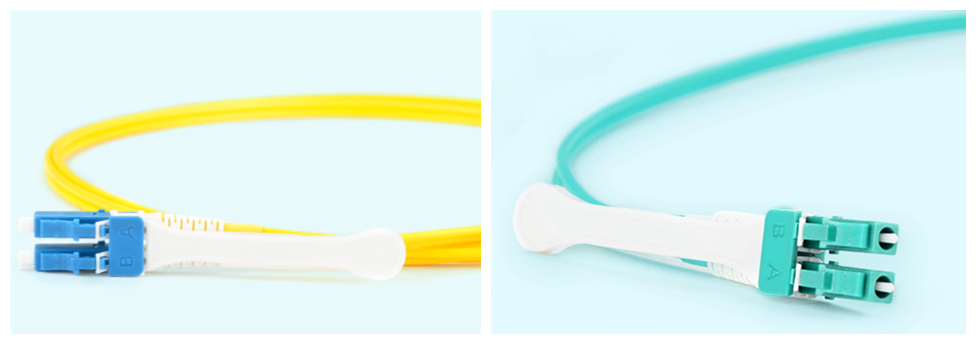
Keyed LC Fiber Patch Cables
Secure keyed LC fiber patch cables are designed to prevent unauthorized and inadvertent changes in highly sensitive applications such as data centers and secure IT networks where multiple physical layer classifications may exist. They are utilized in mission critical circuits where networks are segregated by color for identification and protected from accidental moves, adds, or changes. The LC connectors, which have specific color codes and functional keyed features to identify and manage restricted network connections, are the essences of the keyed LC fiber patch cables. Generally, there are twelve physically discreet, color-coded keying options each carrying a different color to facilitate network administration. Each LC keyed connector will mate only with the same-color LC keyed adapter, or the keying will prevent them from carrying the signal.
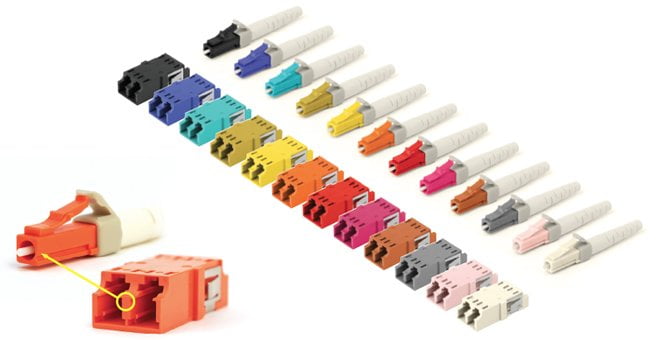
Conclusion
Four different LC fiber patch cables have been explained in this article. And each of them have their own features. The reason why LC fiber patch cables are more popular is that the LC connectors can be field-installed on any cable construction and provide high performance, reliability and ruggedness. All of the four kinds of LC fiber patch cables can be offed by FOCC. Besides, other kinds of high-density fiber patch cables are also available, such as MTP/MPO trunk cable or harness cable
